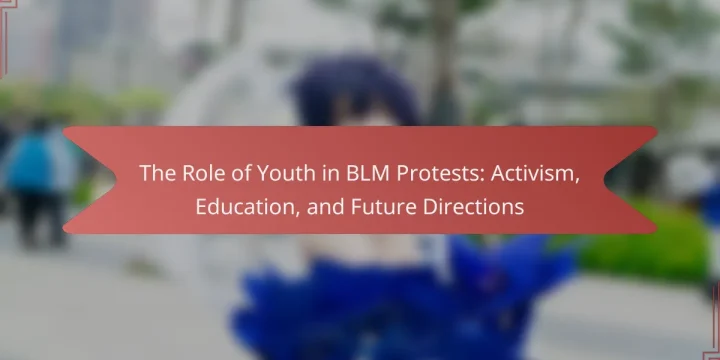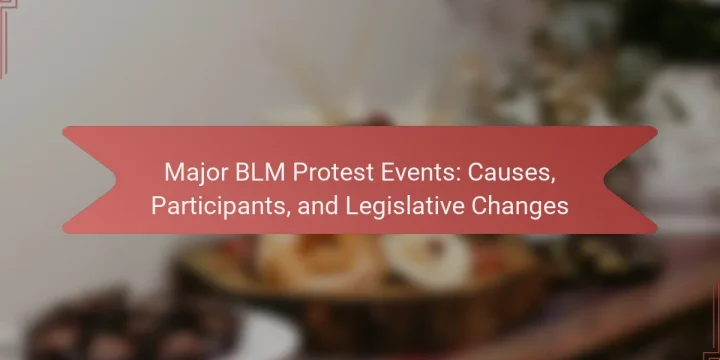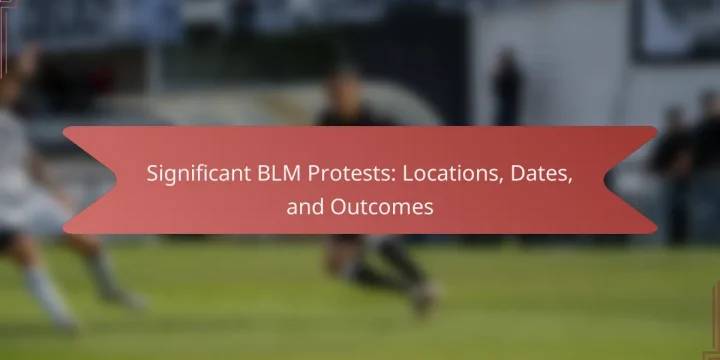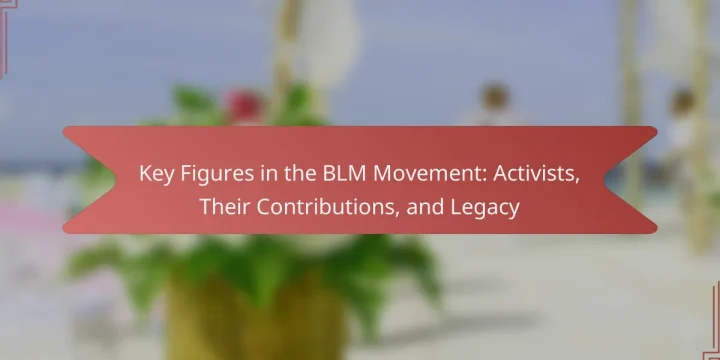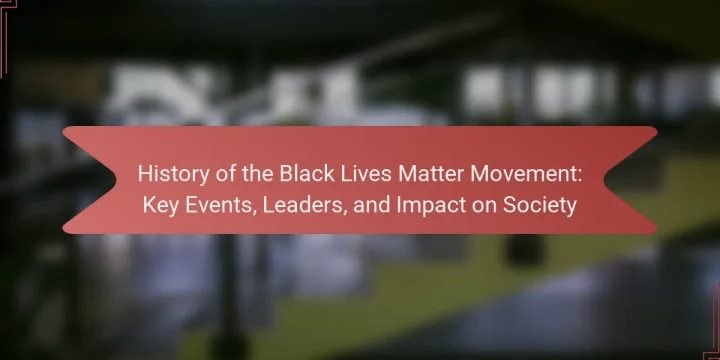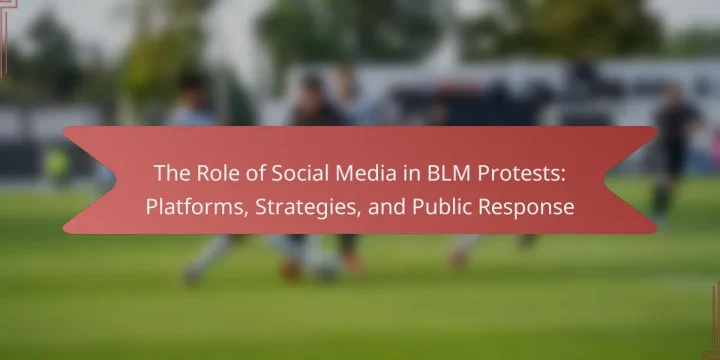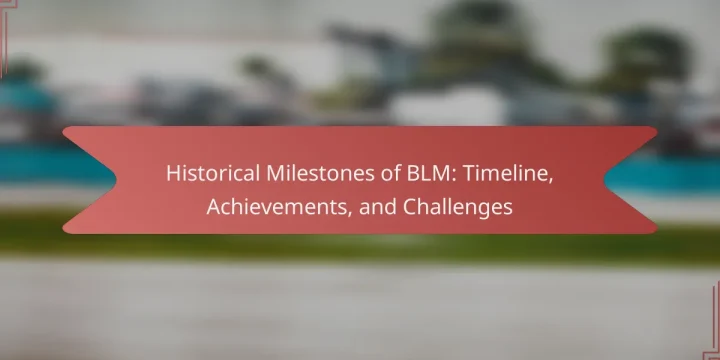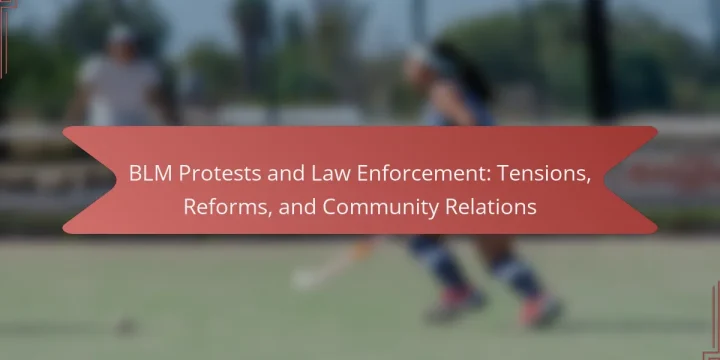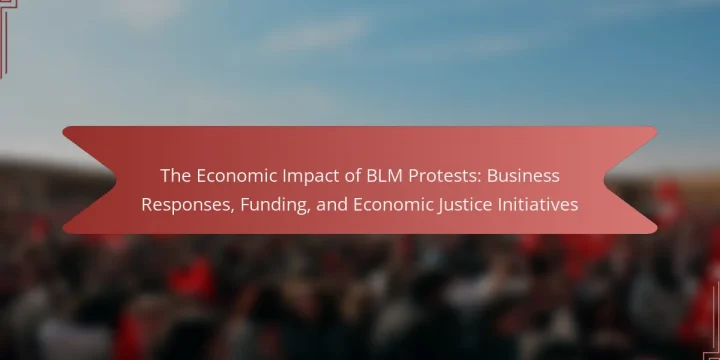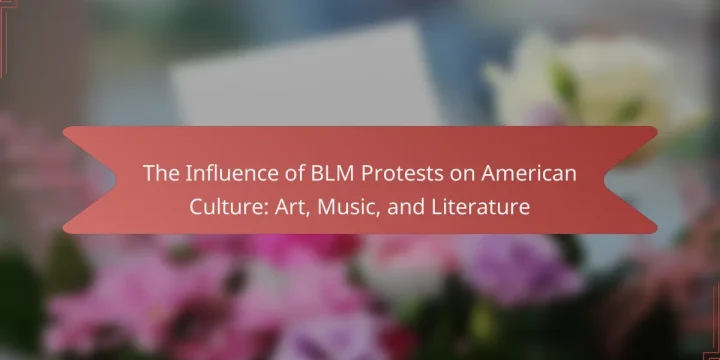
What is the Influence of BLM Protests on American Culture? The influence of BLM protests on American culture is significant and multifaceted. These protests have sparked widespread discussions about racial justice and equality. They have inspired artists, musicians, and writers to create works that reflect social issues. For instance, many songs released during the protests address themes of police brutality and systemic racism. Literature has also seen a surge in works highlighting the Black experience in America. Public art installations and murals have emerged in cities across the country, symbolizing solidarity and resistance. Furthermore, the protests have led to changes in media representation of Black individuals and communities. According to a 2020 report by the Pew Research Center, a majority of Americans now view racial inequality as a pressing issue.…
